Today, transport experts and even the majority of drivers no longer doubt that the future belongs to electromobility. More and more car manufacturers are developing a model range of electrically powered vehicles and, in parallel, are setting up new factories for the production of the necessary and so enormously important batteries for storing electricity. However, they are also under pressure.
Many countries have already announced or are planning to completely ban the registration of new gasoline and diesel cars in the coming years. In Norway, this will already be the case in 2025, in Denmark, India, Ireland, the Netherlands and Sweden in 2030, in the UK and Taiwan in 2035, and in France and Canada in 2040. Other - large - car-driving nations such as the USA, China and Germany have not yet named any concrete dates, but they too will soon no longer be able to avoid a corresponding decision. What is clear is that the mobility of the future will have to be designed differently and become CO2-neutral due to climate change, air pollution and dwindling petroleum resources, even if there are still voices denying man-made climate change. Given that there are now 1.3 billion cars in the world - a figure estimated to rise to two billion by 2035 - the switch to electromobility can make a very large contribution to CO2 neutrality. The prerequisite, however, is that the electricity required is generated from renewable sources. This article looks at the history and development of electromobility, as well as the consequences of making the switch.
What exactly is electromobility?
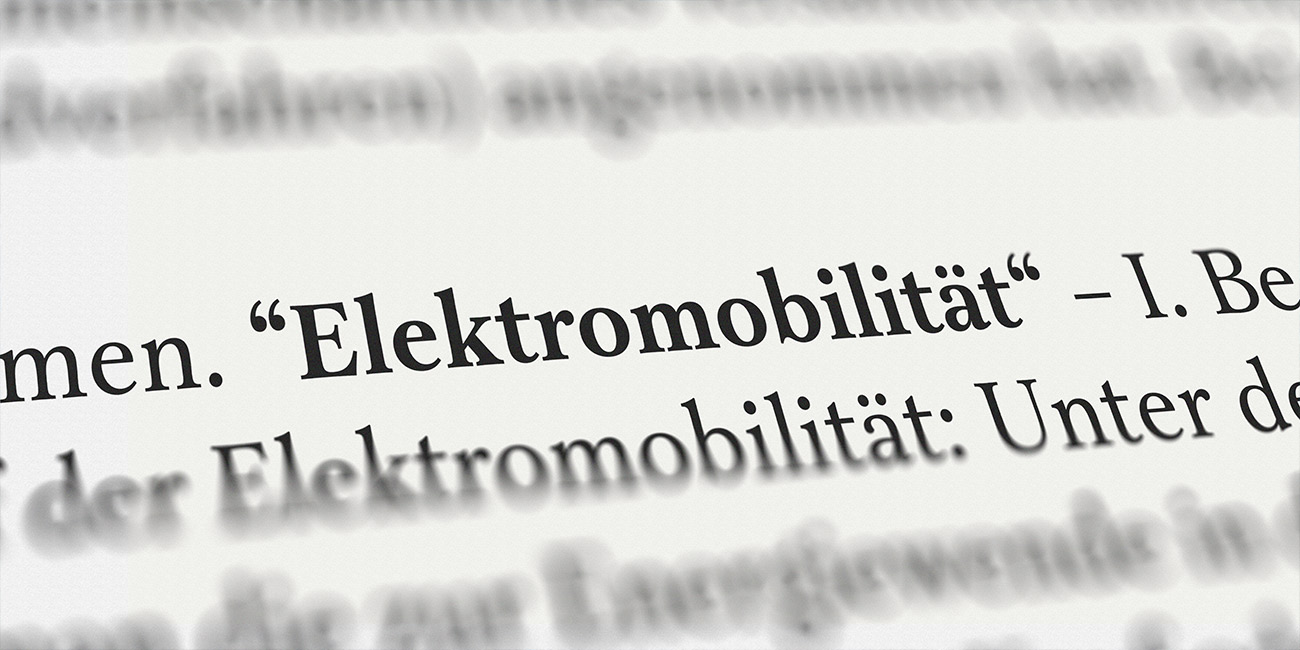
© metamorworks #116604161 - Adobe Stock
When we talk about electric or e-mobility, we mean moving away from vehicles with internal combustion engines and instead using mainly electric cars, but also buses, trucks, motorcycles and bicycles with an electric or partially electric drive. What all means of transport have in common is that they draw their energy from public and private power sources and have a battery on board as energy storage.
At present, electric vehicles are mainly found in cities and urban living spaces, which is due on the one hand to the still quite limited range and on the other hand to the patchy infrastructure of charging stations. In cities, however, they are already showing their strengths, namely being low-emission, quiet and efficient on the road, making them an excellent solution there not only for private individuals but also for cab and delivery services or car-sharing companies. With restrictions, hybrid vehicles also belong in the electromobility segment. They drive with a combination of two drives, an electric motor and a combustion engine. For shorter distances, the electricity stored in the battery is sufficient; for longer trips, the internal combustion engine kicks in. Plug-in hybrids are used when the cars not only recover energy during braking and coasting, but can also be recharged at a power outlet. However, we can already see that hybrids are only a bridging technology and will disappear from the market if the development of purely electrically powered vehicles continues as it is at present.
The development of electromobility to date
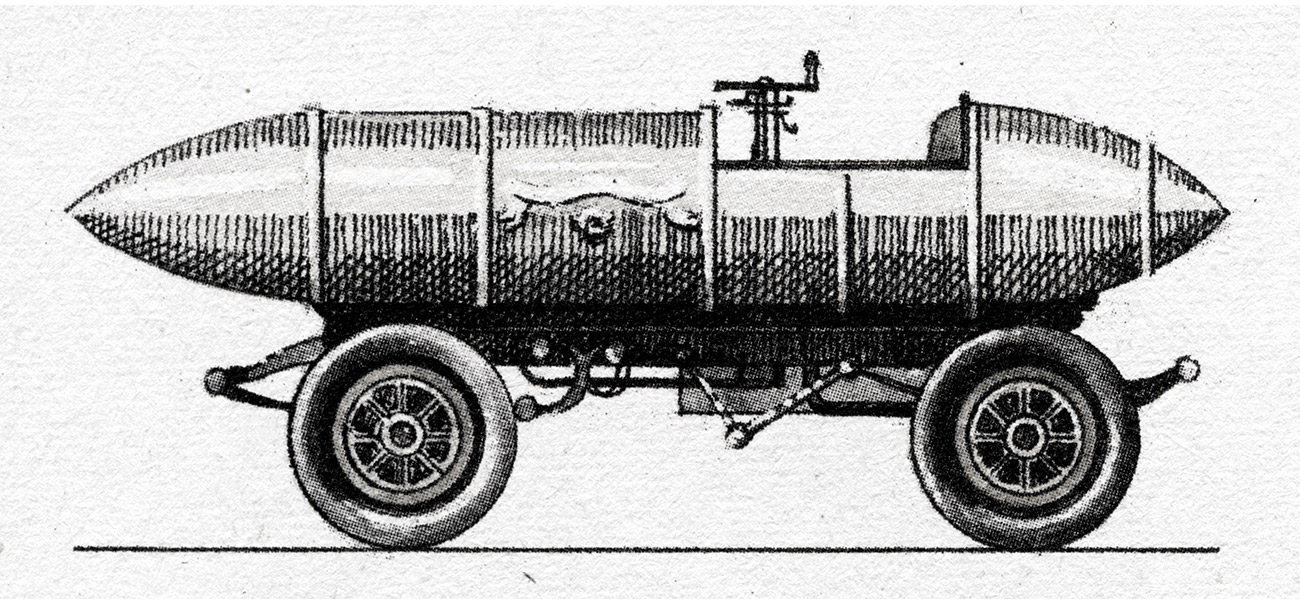
© Juulijs #76058404 - Adobe Stock
E-mobility has been a trendy topic for some years now - and will in all likelihood remain so for a long time to come in the 21st century - but it is neither brand new nor a development of our present day. Back in 1867, before the first internal combustion engine saw the light of day, German engineer and later industrialist Werner von Siemens presented an electric generator based on the dynamo-electric principle at the Paris World's Fair. This invention made it possible to generate electricity cheaply and flexibly wherever it was needed. Subsequently, the electrification of our everyday life, of industry - and also of vehicles began. The first "car" ever was a tricycle designed by the French engineer Gustave Trouvé. It was presented to the public in 1881 and reached a speed of 10 km/h with an electric motor and battery, which, by the way, was considered alarming and dangerously fast at the time. In contrast, the first car with an internal combustion engine, built by Carl Benz, did not see its demonstration until 1886. Towards the end of the 19th century, numerous other electric cars were created and even set records. The Belgian Camille Jenatzy, for example, created the first road vehicle ever to reach a speed of more than 100 km/h in 1899 with his electrically powered "La Jamais Contente". At this time, there were also already railroads that drew their energy from overhead lines or conductor rails. Figures from the years around 1900 show that electric cars were widespread at the beginning of the 20th century. In the U.S., for example, 40 percent of vehicles ran on steam, only 22 percent on an internal combustion engine and 38 percent electric. However, the fact that internal combustion engines had the lowest share was due in no small part to a technical handicap: At that time, the cars still had to be started with a crank, which was quite laborious. Gasoline engines only replaced other drive systems after the electric starter was invented and brought to market maturity in 1911.
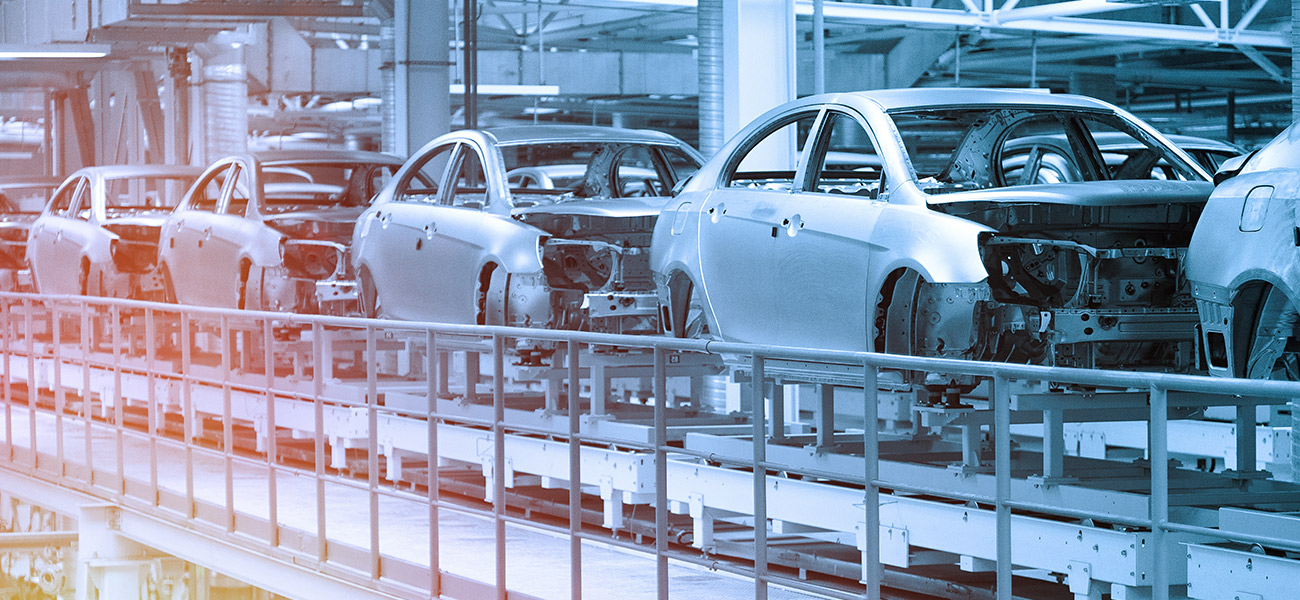
© Ivan Traimak #239486076 - Adobe Stock
In the case of railroads, development continued. In Europe in particular, the most important lines were gradually electrified. E-cars, on the other hand, were relegated to a niche, although they never completely disappeared. The first new approaches that anticipated today's development were the introduction of the Toyota Prius hybrid model in the mid-1990s and the Tesla Roadster. The latter came onto the market in 2008 as the first electric series-produced car to have a battery system made of lithium-ion cells, proving its suitability on highways and longer distances. Today, all major manufacturers are working on the further development of e-cars and powerful batteries to be ready for the change.
Advantages and challenges of electromobility
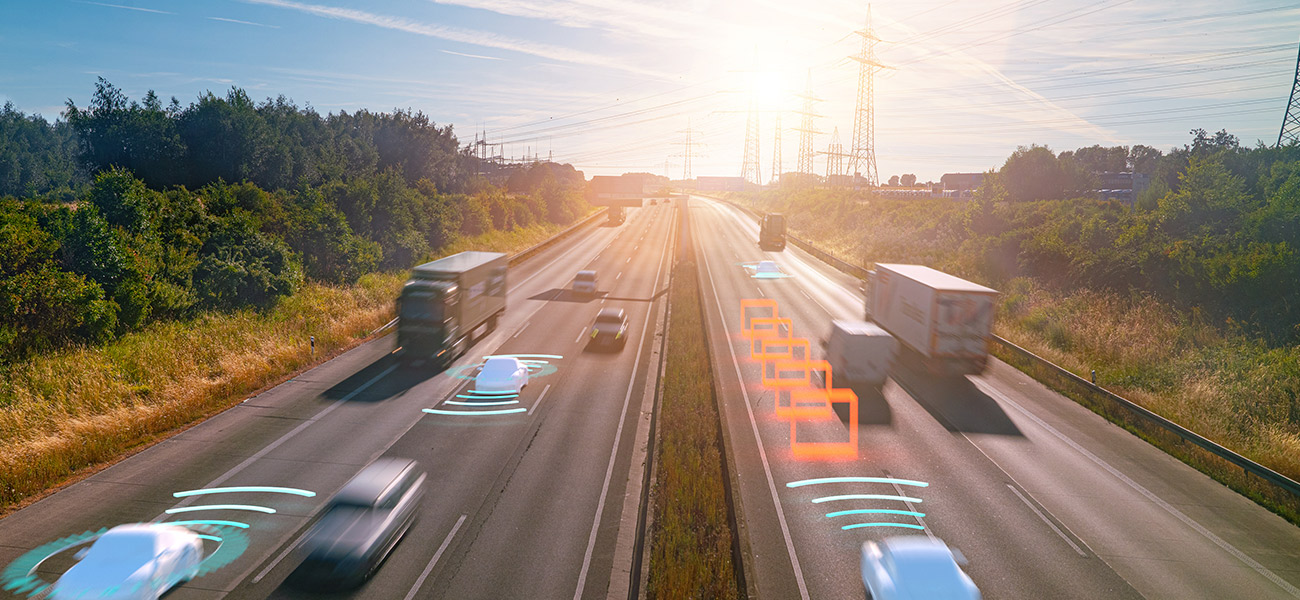
© AA+W #280490615 - Adobe Stock
Not many topics have been as controversial and sometimes heatedly discussed in the recent past as the development of electromobility. There is demand, which is also steadily increasing, but overall the share of e-cars in the German vehicle market is comparatively small. As of January 2021, there were around 309,000 purely electric passenger cars and just over one million plug-in hybrids out of a total of over 47 million passenger cars. E-mobility has some advantages, but for ordinary consumers it is still also associated with numerous challenges that discourage purchases.
Emission-free mobility
E-cars drive without direct CO2 emissions and can thus make an important contribution to environmental protection and against climate change. However, the prerequisite is that the necessary electricity is generated from renewable energies. They contribute to greater air purity, especially in cities and large conurbations, so that driving bans due to particulate pollution, for example, become obsolete.
Lower operating costs
Although electric cars are still more expensive to buy than gasoline or diesel, they are easier on the budget to maintain. Electricity is cheaper than fossil fuel and is not subject to its sometimes violent price fluctuations. In addition, there are no maintenance costs for clutches, transmissions or oil changes, and the wear and tear on electric motors is also lower than on gasoline and diesel units.
Driving fun
Howling engines and rattling exhausts may not exist, but you don't have to compromise on driving pleasure when you get into an e-car. Acceleration and speed performance hardly differ from conventional vehicles, and many drivers find the quiet locomotion very pleasant.
Challenges - status today and in the future

© AA+W #280490615 - Adobe Stock
New roads or even overhead lines do not have to be built for electric cars. As of 2021, however, there are still a number of hurdles and challenges that are slowing down a rapid and sustainable transition to comprehensive electromobility.
High acquisition costs
What interests the individual motorist first is probably the cost. Purchase prices are currently still relatively high compared to conventional cars. Some e-cars cost up to 10,000 euros more than comparable combustion cars. Those with high demands on battery performance and range will have to dig deep into their wallets, because the batteries are the most cost-intensive factor in e-vehicles. However, there are compact entry-level models at moderate prices. On the other hand, government subsidies (the so-called environmental bonus as well as an innovation premium until the end of 2021) can save several thousand euros, depending on the vehicle. In addition, prices will fall continuously as more and more people switch.
Supply from renewable energies
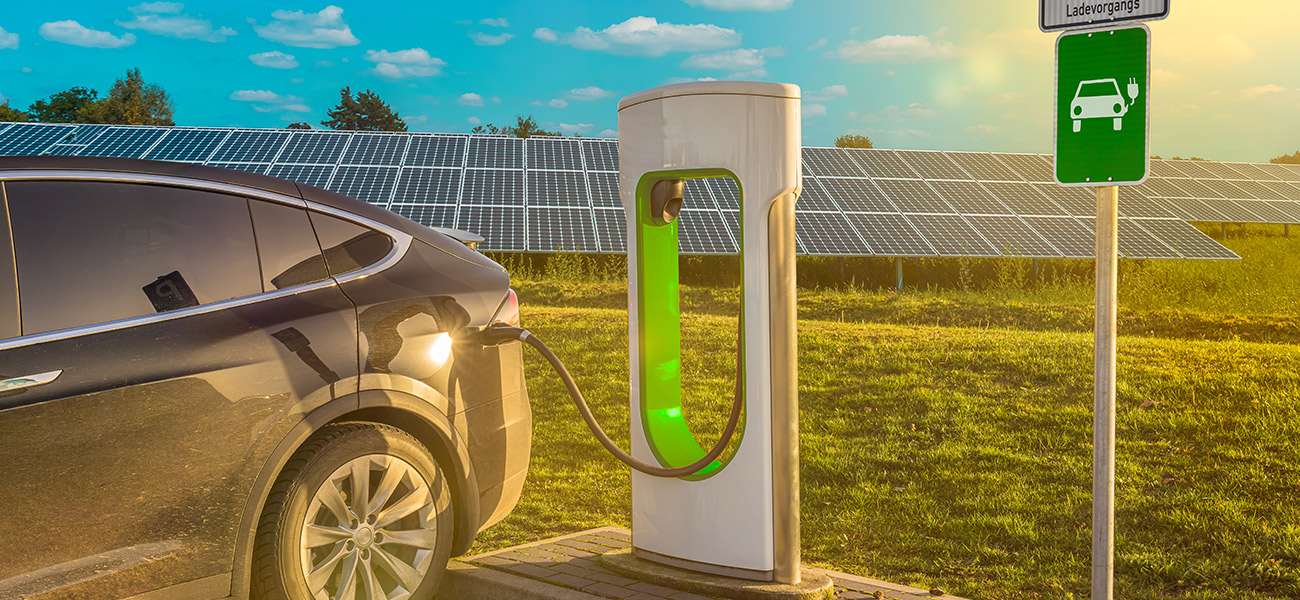
© TimSiegert-batcam #284982136 - Adobe Stock
The decisive factor for the climate is to reduce CO2 emissions as much as possible. This means that the electricity for electric vehicles must be generated from renewable energies and not, for example, from gas or coal-fired power plants. In addition, CO2-neutral production of the batteries must also be guaranteed. Renewable energies are the prerequisite for electromobility to play its great advantages for the climate and the environment as a trump card - as the German government's goals also state. This is backed up by a figure from the U.S.-based International Council on Clean Transportation (ICCT). According to this figure, e-cars will overtake their combustion engine counterparts running on diesel or gasoline in terms of carbon footprint after three years at the latest. According to the ICCT researchers, this lead will grow if battery production becomes more environmentally friendly.
Capacities, weight and cost of batteries
Technically speaking, the batteries are the central component of an electric vehicle. Their attractiveness and acceptance by potential buyers stand and fall with them. Electric motors are mature. And nothing has changed in the basic design of a car's body. Batteries, however, still require a good deal of further development so that capacities, costs and weight are optimized to such an extent that they do not represent a disadvantage compared with a car with a combustion engine. Technological innovations are needed for higher efficiency and better efficiencies. In addition, production is not yet emission-free and is therefore criticized by environmentalists. The German electricity mix also currently still includes energy from coal-fired power plants.
Range
The lower the performance of the batteries installed, the shorter the range of an electric car without recharging. Smaller models often need to be charged after 150 to 200 kilometers, larger ones after 250 to 300 kilometers. For many drivers, this is an argument against buying an electric car, even though on reflection they could use one for most of their journeys. According to the Federal Environment Ministry, the average German driver drives less than 40 kilometers on more than 80 percent of the days. Americans drive about 31.5 miles (~50.6 km) in the fall, and only 26.2 miles (~42.1 km) in the winter. Such distances are no problem at all for electrically powered vehicles.
Charging stations
Anyone who drives long routes needs charging stations in between to refill the batteries. The problem here is that the network of charging stations in Germany is still far from being optimally developed and does not form a uniform system. In this country, 11,800 residents in each of the 50 largest cities have to share one public charging station. In the Norwegian capital Oslo, there are only 488 inhabitants, and in Amsterdam 650. Drivers have to plan their routes well based on the location of the charging stations and accept waiting times, because even at the public fast-charging stations, a "fill-up" takes around half an hour.
Volume
However, one difficulty that has now been resolved in new vehicles has been the low volume of electric cars at low speeds. On the one hand, they hum pleasantly quietly and reduce noise pollution in cities. On the other hand, they are often not acoustically perceived by pedestrians and cyclists, which can certainly lead to dangerous situations in traffic. Since July 2019, new developments must therefore be equipped with a so-called Acoustic Vehicle Alert System (AVAS), an acoustic warning system. The introduction of AVAS for new registrations in the EU will become mandatory in July 2021. The system produces electronically generated sounds at speeds of up to 20 km/h, just like a diesel or gasoline engine. At higher speeds, the rolling noise of the tires is then sufficiently audible.
Significance of electromobility for the economy and climate

© sdecoret #239800454 - Adobe Stock
As already mentioned above, one of the most important factors in the fight against climate change is to expand electromobility as fully as possible and to do away with vehicles with internal combustion engines. Once all cars worldwide run on electricity from renewable sources, CO2 emissions around the globe will drop significantly. Dependence on fossil fuels and the associated problems will then be a thing of the past. However, the further development of electromobility will also open up new markets. For German industry, in which the automotive sector and its suppliers play a significant role, this is a major challenge, but also a huge opportunity. Because the major German manufacturers are slowly making up for lost ground and will at some point be in the same position on the electric car market as they are with internal combustion vehicles. This will prove beneficial for the economy and for the environment. E-cars and sustainable batteries can contribute a great deal to the required energy turnaround and make mobility much more climate-friendly than it has been in the past. However, a major upheaval still needs to take place for Germany to become a lead market for electromobility. On the one hand, the will to make the switch must be firmly established in the executive and supervisory boards of the manufacturers, and on the other hand, many innovations are still necessary. These relate to vehicles, batteries, drives and other components, but also to the optimal integration of e-cars into power grids and transport infrastructures, keyword: Virtual City.
Image credit: © kinwun #257463051 - Adobe Stock
